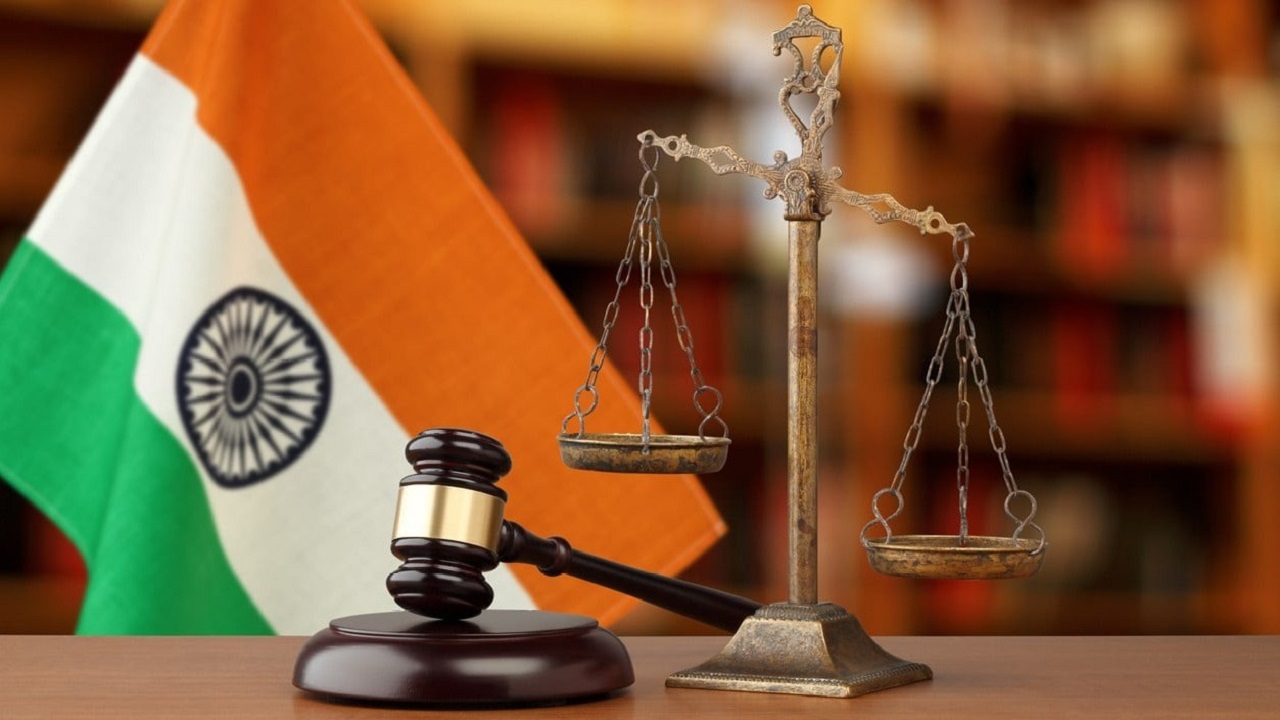One Year of New Criminal Laws: Reform, Reality, and Road Ahead
Context
India undertook a landmark legal reform by replacing the colonial-era criminal laws — the Indian Penal Code (IPC), the Criminal Procedure Code (CrPC), and the Indian Evidence Act — with three new legislations:
-
Bharatiya Nyaya Sanhita (BNS)
-
Bharatiya Nagarik Suraksha Sanhita (BNSS)
-
Bharatiya Sakshya Adhiniyam (BSA)
These laws came into effect on July 1, 2024, with the objective of making the criminal justice system more citizen-centric, technology-driven, and efficient.
FIRs Filed Under New Laws
-
From July 1, 2024 to June 25, 2025, a total of 35,18,544 FIRs were registered under the Bharatiya Nyaya Sanhita (BNS), as per the Ministry of Home Affairs (MHA).
-
In comparison, 35,61,279 FIRs were filed in 2022 and 36,63,630 FIRs in 2021 (NCRB data).
-
The consistency in numbers indicates a smooth transition and operational continuity under the new legal regime.
Key Provisions in New Criminal Laws
-
Complaints can now be filed from any location, including through online platforms
-
Summons can be issued electronically via SMS
-
Videography of crime scenes made mandatory in all heinous crimes
-
Punishment for gang rape includes 20 years imprisonment, with death penalty if the victim is under 12
-
Mob lynching is recognised as a specific criminal offence
-
Trial in absentia permitted for fugitive criminals
-
Obsolete offences such as homosexuality, adultery, attempt to suicide, and sedition have been repealed
-
Section 152 of BNS replaces sedition law by criminalising attempts to incite secession, armed rebellion, or subversive acts
Capacity Building and Training
-
Out of around 20 lakh police personnel, approximately 8.6 lakh have been trained on the new criminal laws
-
Training modules focus on procedural reforms, digital evidence collection, and updated legal provisions
Strengthening Forensic Support
-
2,649 forensic experts have been recruited on a contractual basis
-
An allocation of ₹215.66 crore has been made for modernising Forensic Science Laboratories (FSLs) in 24 States/UTs
Enhancing Digital Infrastructure
-
Major focus on increasing the capacity for electronic evidence storage
-
New digital tools are being adopted to ensure compliance with BNSS mandates
-
Modernisation aims at faster and standardised handling of digital evidence
Digital and Institutional Ecosystem
Inter-operable Criminal Justice System (ICJS):
-
An integrated digital platform connecting:
-
Police (CCTNS)
-
Courts (e-Courts)
-
Jails (e-Prisons)
-
Forensics (e-Forensics)
-
Prosecution (e-Prosecution)
-
Upgraded CCTNS Portal:
-
Allows online FIR registration and real-time crime tracking
Nyay Setu Platform:
-
A new digital interface to streamline coordination between police and other agencies
iGOT Karmayogi Portal:
-
Offers targeted training to police officers, including SHOs, IOs, and computer operators
Use of QR Codes:
-
Applied to track property and messenger details to ensure chain of custody
e-Sakshya App: A Game-Changer in Evidence Handling
-
Developed by NIC in collaboration with MHA
-
Enables recording of audio-video evidence with geo-coordinates and timestamps
-
Features include:
-
Mandatory for serious offences under BNSS
-
Selfie requirement for IOs to prevent delegation
-
Ensures on-site forensic expert presence at crime scenes
-
Challenges in Implementation
-
Courts currently do not have direct access to photos and videos stored on the National Government Cloud (NGC) via ICJS
-
Despite digital access, IOs still need to submit evidence manually through pen drives
-
Some police stations have only one tablet, insufficient for multiple IOs
-
IOs often rely on personal smartphones, which may not meet technical requirements
-
Each video is capped at 4 minutes, and faulty uploads cannot be deleted or managed under current FIR-linking features
Way Forward
-
Need for structured feedback mechanisms from police departments and IOs to improve implementation
-
Resolve legal challenges related to judicial access to digital evidence
-
MedLEaPR system under pilot in Chhattisgarh will enable digital transmission of medico-legal and post-mortem reports via CCTNS
-
Additional investment required in:
-
Expanding forensic infrastructure
-
Upgrading ICT systems
-
Deploying mobile FSL units at the district level
-



.jpg)
Comments (0)